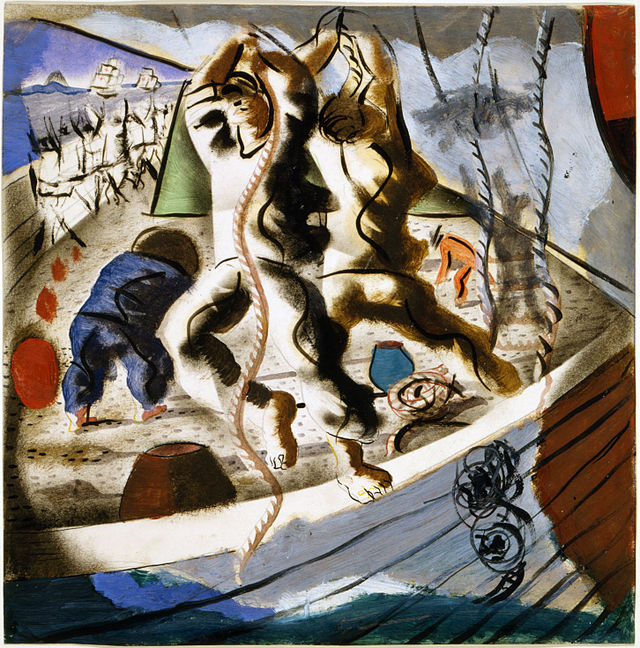IN SEARCH OF THE "TRUTH OF GENESIS": THE SYMBOLIC SPACE IN APPARITION OF VERGÍLIO FERREIRA
DOI:
https://doi.org/10.48075/rlhm.v9i13.9137Abstract
Mikhail Bakhtin (1998) announces that the romance genre is constantly "becoming", what means its structure as a genre is far from being consolidated. Being an evolving genre, the novel allows a deeper reflection and sensible evolution of reality itself. Since there is no tight territory to the novel, modernist writers associated that poetry can say what prose can only express, thus creating a hybrid genre, lyrical novel. The writer and essayist Virgil Ferreira wants to show the "invisible" at the artwork, so it sticks to the lyrical romance. Apparition (1959) is the best-known novel of Virgil Ferreira as definitely marked existential cycle. Appearance brings a narrator-protagonist-I-lyrical explores existential time, revisited by memory. The Apparition space is transfigured, that is, reveals the "I" because (Alberto Soares) color images according to their feelings - "liricização" of the space. The village, the white summit of the mountain and the old house arises, always in opposition to the city of Évora, as the truth of life, the life that only come to pass there forever because there is the Principle, the Truth and Order. After his father's death, his "appearance" and the consequent dispossession of the village, and the mountain of the house - places considered by Alberto as "true genesis", the protagonist leaves for a new cycle in another place: small and old town Evora, where he feels himself as victim of indifference and hostility of the city. Alberto sees / feels the city as "mortuary", like a lost world in the plain. Évora is filtered by your imagination, look at his expressionist / impressionist, as a city inaccessible, distant. Thus, the real spaces - the Village with the Old House and the city of Évora, become symbolic spaces as Alberto recalls it.
KEYWORDS: Romance lyric; Virgil Ferreira - Apparition; Symbolic Space.
Downloads
Published
How to Cite
Issue
Section
License
Aviso de Direito Autoral Creative Commons
Política para Periódicos de Acesso Livre
Autores que publicam nesta revista concordam com os seguintes termos:
1. Autores mantém os direitos autorais e concedem à revista o direito de primeira publicação, com o trabalho simultaneamente licenciado sob a Licença Creative Commons Attribution que permite o compartilhamento do trabalho com reconhecimento da autoria e publicação inicial nesta revista.2. Autores têm autorização para assumir contratos adicionais separadamente, para distribuição não-exclusiva da versão do trabalho publicada nesta revista (ex.: publicar em repositório institucional ou como capítulo de livro), com reconhecimento de autoria e publicação inicial nesta revista.
3. Autores têm permissão e são estimulados a publicar e distribuir seu trabalho online (ex.: em repositórios institucionais ou na sua página pessoal) a qualquer ponto antes ou durante o processo editorial, já que isso pode gerar alterações produtivas, bem como aumentar o impacto e a citação do trabalho publicado (Veja O Efeito do Acesso Livre).
Licença Creative Commons
Esta obra está licenciada com uma Licença Creative Commons Atribuição-NãoComercial-CompartilhaIgual 4.0 Internacional, o que permite compartilhar, copiar, distribuir, exibir, reproduzir, a totalidade ou partes desde que não tenha objetivo comercial e sejam citados os autores e a fonte.


